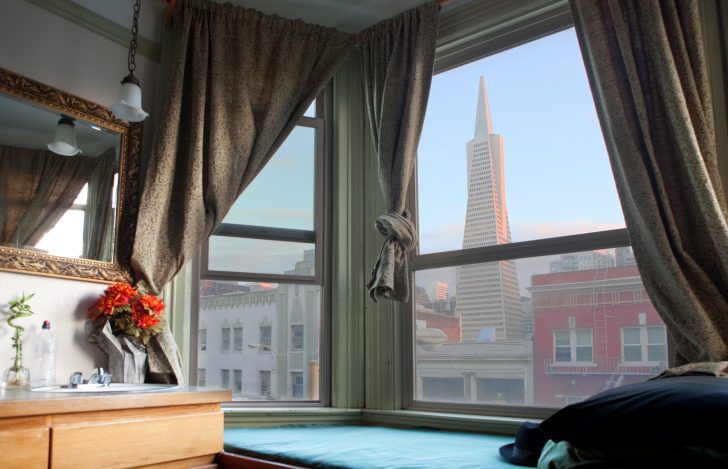Choosing a New Apartment

15Aug
Choosing a New Apartment
The monthly rent, the length of your commute, the relative decrepitude of your washer and dryer -- all these factors are important when you’re choosing a new apartment. But in San Francisco, there are other considerations that can seriously affect your future as a tenant.
Even if you think you’ve found your “forever” rental, consider doing some extra legwork. Taking these basic steps could reveal potential red flags, and save you heartache and money down the road.
1. Is It Covered by Rent Control?
Your new place is in San Francisco, so it must be covered by the city’s Rent Ordinance, right? Not so simple. As a general rule, rent control applies to all multi-unit residential buildings in the city built before June 13, 1979. New construction? Not rent-controlled. Additionally, unless you’re moving into a condo or single family home with someone who’s been there since 1996, single family homes and condos are not covered by rent control.
When you’re apartment-hunting, find out when the building was built. One easy way to find this out is to plug the address into the search tool on the San Francisco Planning Department website.
2. Is it Covered by Eviction Protection (“Just Cause”)?
Eviction control applies to all residential buildings built prior to June 13, 1979, including single-family homes and condominiums. If the building has rent control, it also has eviction control (but not vice versa).
Under the SF Rent Ordinance, there are sixteen just causes for eviction. However, if the building was built after 1979, it is not subject to the rent ordinance at all. This means that your landlord doesn’t have to give you a reason for eviction--just sixty days’ written notice (assuming you are a month-to-month tenant and have lived in the unit for at least a year).
3. Who is the Landlord?
As you may have gathered, not all landlords are created equal. Consider these questions before you agree to move into a given property:
Does the landlord has a history of being sued or filing bogus evictions? Bad landlords tend to have a history of wrongful eviction or habitability lawsuits, which you can find in the court records. San Francisco Superior Court has a handy case query site; just search by the name of the company or individual to see a list of lawsuits they’ve been involved in. The SF Rent Board also maintains a searchable database of cases that have come before the Rent Board, but you can only access it in person at their offices.
What’s their reputation? Along the same lines you might try googling the landlord, or searching for them on Yelp. Other places to look include the Eviction Mapping Project’s “Dirty Dozen” list of notoriously bad landlords.
You might also consider asking the landlord point blank whether there is much turnover in the building.
Some traits to look for in both big and small landlords are responsiveness, transparency, and diligence. Are your phone calls returned without delay? When you press for more information about lease terms or the building history, does the landlord get squirrely or defensive? Does she make an effort to address your concerns, even if it makes more work for her? Imagine dealing with this person for the next few decades: how would that make you feel?
4. Any Skeletons (or Mold) in those Closets?
Then there’s the property itself. Have any city agencies issued notices of violation? If anyone--tenant or neighbor--has filed a complaint with the city’s Department of Building Inspection, a record of it will show up online. It takes just a few minutes to search by address on the DBI website. These complaints have to do with code violations, so records of many habitability issues will show up here. If there’s a history of violations at the building, it’s a sign of a less-than-attentive landlord.
5. Size Matters
The smaller the building, the greater your possible exposure to a no-fault eviction, such as an Ellis Act or owner move-in eviction. Under current condo conversion rules, buildings with four units or fewer can be converted to condos, while buildings with more than four units are exempt from conversion until at least 2023. If you want to minimize the chance of a no-fault eviction, you may consider renting an apartment in a larger building.
We know you can't always be picky when it comes to choosing a place to live. But even if you decide to move into that not-quite-perfect place, information you dig up now might serve as armor down the road. There’s nothing like apartment-hunting to make you feel disempowered, as though the landlord’s holding all the cards--but you can take back some control simply by knowing what you’re getting into.
Related Posts You Also May Like
Get Started
For more information or to discuss your legal situation, call us today at (415) 649-6203 for a phone consultation or submit an inquiry below. Please note our firm can only assist tenants residing in San Francisco, Oakland & Berkeley.





